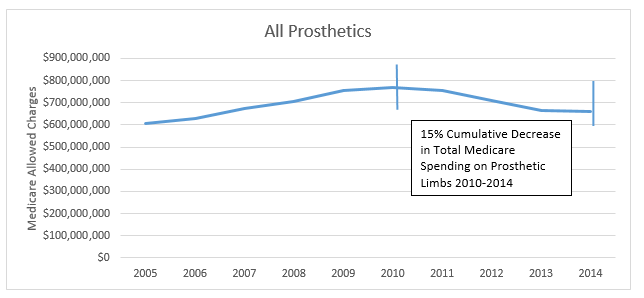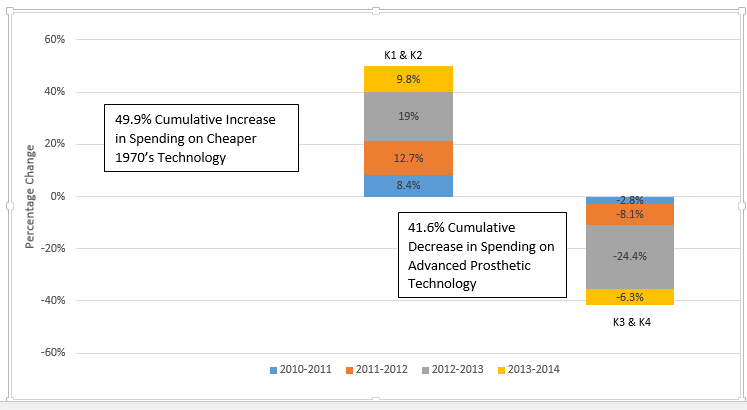AOPA has presented free webinars for members on Prior Authorization on two dates – February 18 and February 25. AOPA is committing substantial resources to additional education related to Medicare Prior Authorization. Details of these resources are listed below:
1. Introductory Webinar: February 18th and 25th 2016-2 separate dates (Available as a recording)
2. February 2016 Reimbursement Page Article: February 2016
3. Preparation for Prior Authorization Webinar: March 24th and 31st 2016-2 Separate dates (Register)
4. AOPA Guide to Prior Authorization (Publication- Includes Policy Review, Documentation Checklist, Resources for Physicians, PA Resubmission strategies): April 2016
5. Educational Seminar on Prior Authorization (2-3 hour): Add on session to 2016 AOPA Policy Forum
What Happens Next and When on Prior Auth.
CMS has issued a final rule on Prior Auth and it includes O&P, so Prior Auth IS going to be part of your future! That said, what AOPA is hearing from CMS is a relatively cautious, long-view approach. We do NOT expect to see any list of P&O codes to be subject to Prior Auth. anytime soon-some folks looked for an O&P list to be published by the end of February—but a delay of 6 months to even 12 months seems much more likely. Why? Here are a few reasons: (1) CMS would like to see what happens on the pending LCD before it sets up a full mechanism for O&P Prior Auth. ; (2) CMS sees Prior Auth as something of a franchise—so far, as to power wheel chairs, it has gotten pretty good reviews, and they don’t want to risk moving too fast and getting slammed with bad results; (3) they heard the comments of AOPA, patients, Alliance and others at least as to: (a) not wanting to have Prior Auth result in patient delay in getting their prosthesis, and (b) trying to assure that the system is sufficiently well-designed that folks who receive a Prior Auth. approval are not then subject to any post-payment audits. When a CMS O&P list does come out, an incremental approach with regional trials is more likely than any immediate national policy.
So, AOPA members have the luxury of some extra time to plan and prepare. Obviously, while any situation with any government agency must be considered somewhat fluid as people and policies can change, AOPA’s assessment on timing is based on a solid sense of reliability of information we have received, and we are confident that it aligns with current CMS plans and timing. Take advantage of AOPA’s Prior Auth. education programs. Whenever Prior Auth. for O&P is implemented it will be all about having your documentation right!
And What is AOPA Advocating Regarding Prior Auth?
CMS finalized late last year a final rule establishing Medicare prior authorization requirements for durable medical equipment, prosthetics, orthotics and supplies (DMEPOS). In the final rule, CMS included lower limb prosthetic devices as being subject to prior authorization.
- AOPA is concerned the prior authorization process will delay timely access to prosthetic devices, which are critical to the rehabilitation needs of Medicare beneficiaries, and since the Prior Auth. rule is premised explicitly on the need to control unnecessary or excessive utilization “clearly those classes of devices showing -40+% reduction in utilization since 2010 should not be on the list of codes subject to Prior Auth.” (See the data.)
- Moreover, AOPA is concerned that the receipt of prior authorization does not guarantee payment or the avoidance of post-payment audits. This process therefore only serves to add Medicare compliance burdens for O&P providers.

